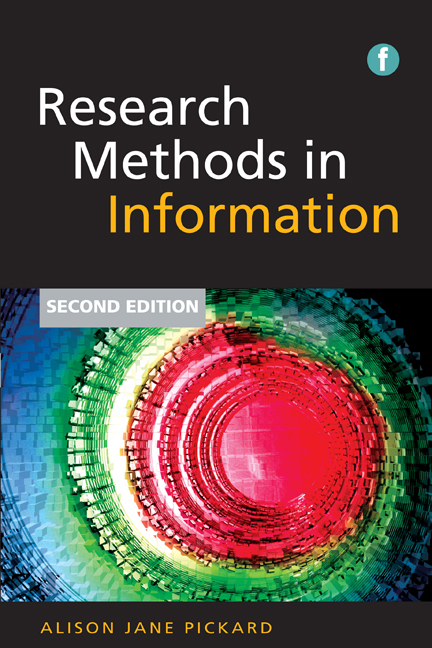Book contents
- Frontmatter
- Contents
- Preface to the second edition
- Acknowledgements
- Introduction
- Part 1 Starting the research process
- Part 2 Research methods
- Part 3 Data collection techniques
- Part 4 Data analysis and research presentation
- 23 Qualitative analysis
- 24 Quantitative analysis
- 25 Presenting the research
- Part 5 Glossary and references
- Index
24 - Quantitative analysis
from Part 4 - Data analysis and research presentation
Published online by Cambridge University Press: 08 June 2018
- Frontmatter
- Contents
- Preface to the second edition
- Acknowledgements
- Introduction
- Part 1 Starting the research process
- Part 2 Research methods
- Part 3 Data collection techniques
- Part 4 Data analysis and research presentation
- 23 Qualitative analysis
- 24 Quantitative analysis
- 25 Presenting the research
- Part 5 Glossary and references
- Index
Summary
Introduction
As I said in the introduction to Part 4, there is neither the space nor the necessity for me to provide a guide to each statistical process and test discussed in this chapter. There is a plethora of information available on these procedures, explaining how to perform them and indeed even explaining the software to perform them. Some internet sites will even perform certain tests on datasets without the need to purchase specific software. The purpose of this chapter is to present a discussion on the nature of numerical datasets, the appropriateness of statistical analysis and the fundamental principles involved in the procedures for this analysis. This chapter is concerned with techniques for processing and displaying data, ways of exploring datasets and analysis of relationships between datasets; it is not about how to do it. The discussion is concerned with when to do what to your data and why you do it. I would strongly urge that you use one or more of the recommended texts listed at the end of this chapter to become familiar with the processes involved.
It has become relatively simple to apply complicated tests to datasets using particular software; we discuss SPSS in more detail later in this chapter, and my concern is that you understand why you are performing these tests and what is actually happening to the data when you do it. I still teach statistical analysis in a ‘classroom’ setting with students, calculating many tests by hand before going on to use software for larger datasets, rather than in a computer laboratory using dedicated software; that comes later. I do this because I feel it is essential to understand what is being done if you are to provide a real description of what the results are showing us, so that you understand what has happened to your data and what your findings actually say about that data. You may now be pleased that I do not have the space here to go over these procedures but please take the time to understand the statistical procedures you apply to your data; even something as simple as a manual exercise using a very small dataset can clarify what is going on when you run a particular operation on your data in SPSS or some other dedicated software package.
- Type
- Chapter
- Information
- Research Methods in Information , pp. 283 - 310Publisher: FacetPrint publication year: 2013

